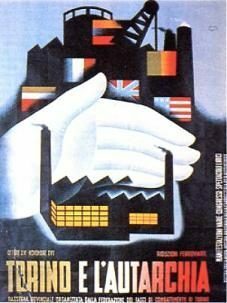Spanish Constitution of 1931
Miscellanea / / July 04, 2021
By Javier Navarro, in Jul. 2018
The actual Constitution Spanish was approved through a referendum in 1978. The form of government recognized in the Magna Carta is the parliamentary monarchy. However, the previous Constitution of 1931 had as a form of government the republic and was in force until 1939 when the Spanish Civil War ended. This was the 11th Republic in the history of Spain, since the first took place between 1873 and 1874.
Main contents of the constitutional text of 1931
The preliminary title shows that the nation Spanish is a Democratic Republic organized in a regime of freedom and justice. Likewise, it is indicated that the powers of the state emanate from the Spanish people.
Although reference is made to the unity of the nation, the historical rights of some Spanish regions are recognized. Thus the autonomies of Catalonia and the Basque Country are established. At the same time, the rights of Catalan, Basque and Galician speakers are recognized.
An extensive declaration of rights and freedoms is established: freedom of movement,
right meeting and manifestation, freedom of expression, freedom of association and union and the limitation of military jurisdiction. Likewise, the right to universal suffrage is established for those over 23 years of age and this recognition includes the right to vote for women.One of the most notable aspects is the separation between church and state. This implies freedom of worship, that is, the possibility of expressing any religious ideal.
The approval of divorce and Civil marriage is another of the singularities of text Constitution of 1931.
The political context of the first months of the proclamation of the ll Republic
In the Magna Carta of 1931 an attempt to modernize the country was highlighted, since until then Spain was dominated by traditional oligarchies. In April 1931, democratic elections were called that favored the republican and socialist candidates. and this circumstance caused the abdication of King Alfonso XIII and the subsequent proclamation of the Republic on 14 April.
The first provisional government was chaired by Niceto Alcalá Zamora and called for new elections to the constituent courts in June 1931.
One of the measures that were adopted during the first months was the budget approval to build 5000 new schools throughout the country. A modernization of the army was also launched, which provoked the rejection of the more conservative sectors of the armed forces. The separation between church and state approved in the Constitution also generated notable unease in the Catholic Church.
Topics in the Spanish Constitution of 1931


